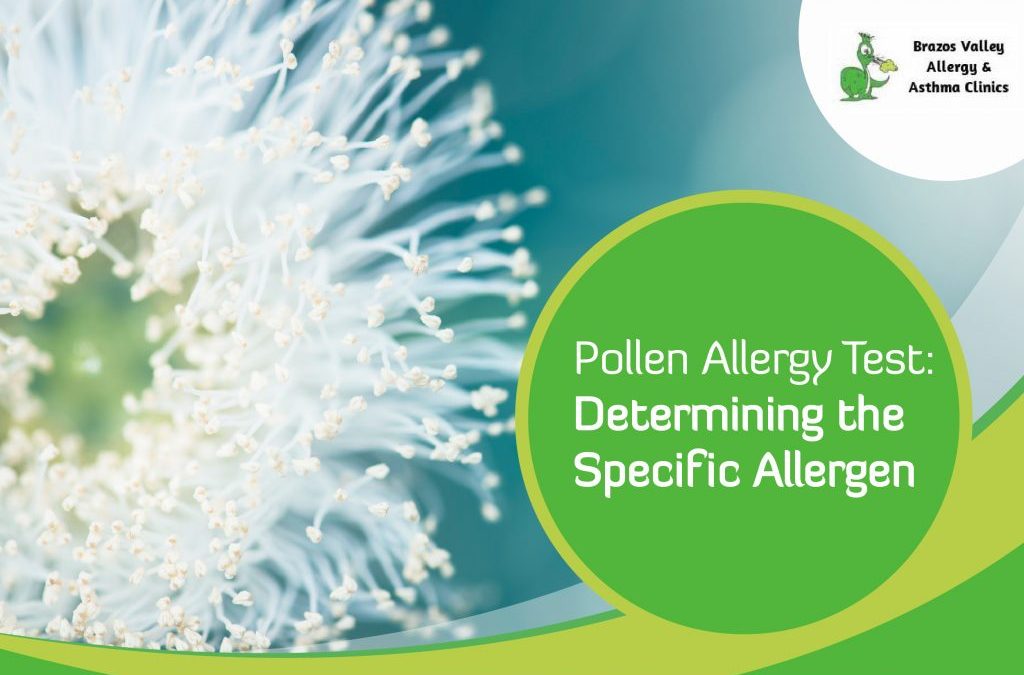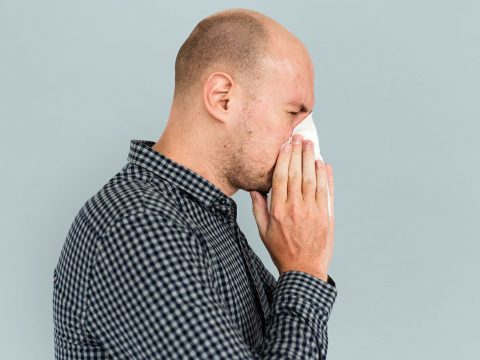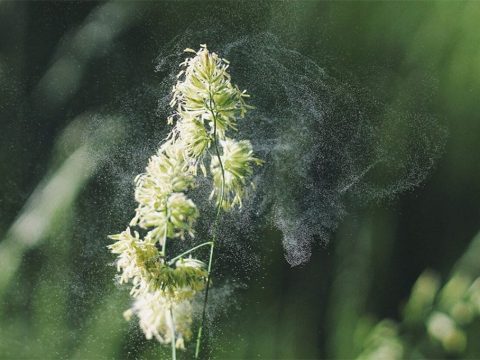- 979-485-9287
- office@bvallergy.com
-
 979-251-7804
979-251-7804
Determine a Specific Allergen Through Pollen Allergy Test

COVID-19: Caring for Someone at Home
May 14, 2020
The Different Types of Allergy Tests
June 16, 2020Overview
During spring, summer, and fall, you might notice that the local news always provides regular updates on pollen counts. These are the seasons where plants release tiny pollen grains from a tree, grass, and weed. Because of this, millions of Americans suffer from allergy symptoms that are usually caused by exposure to pollen from these plants. If you’re wondering what pollens are, these are a fine yellowish powder that is transported from plant to plant by the winds, insects, birds, or by other animals. The spread of pollen can mean misery to those people who have seasonal allergies.
Some of the people who get exposed to pollen sometimes experience sneezing, nasal congestion, runny nose, watery eyes, itchy throat, and eyes. It is important to note that some people have pollen allergies year-round, while others may only have them during certain times of the year. If you happen to constantly suffer from these symptoms, maybe it’s time to seek professional help and undergo pollen allergy testing. But before we get into that, let us first get to know the different types of pollen allergy that you might get.
Different Types of Pollen Allergies
According to the American Academy of Allergy, Asthma, and Immunology (AAAAI), about 8 percent of adults in the United States experience seasonal allergies. The allergy is unlikely to go away once it has developed. However, with proper treatment and medication, the symptoms can be managed. There are hundreds of plants that release pollen into the air and trigger allergic reactions. Here are some of the common pollen allergies that you might experience:
-
Grass Pollen Allergy
Allergy to grasses is very common especially during the summer months. Grass allergies are prevalent because grass pollen scatters in the wind unlike the other kinds of pollen that are just moved around by insects. You are more likely to inhale grass pollen when you go outside and thus develop symptoms. Because of its prevalence, grass pollen allergy sometimes causes the most severe and difficult to treat symptoms.
According to AAAAI, there are two large classes of grasses: northern and southern. Some of the common northern grasses include Kentucky Blue, Johnson, Timothy, Fescue and Rye. On the other hand, some of the common southern grasses include Bermuda and Bahia. If you have a grass pollen allergy, it is important to monitor pollen counts regularly. As much as possible, stay indoors during days of high pollen counts. If you’ve been exposed to grass pollen, taking some medication can be highly effective in relieving the symptoms.
-
Birch Pollen Allergy
Over the last few decades, levels of birch pollen have risen and the period of exposure has increased due to climate changes. Because of this, more people are also exposed to birch pollen and develop birch pollen allergies. A birch pollen allergy is like other pollen allergies, however, it is more common during spring. As the trees bloom, they release tiny grains of pollen that are then scattered by the wind. One birch tree can produce up to 5 million pollen grains and can travel up to 100 yards. This means that you are more at risk to get birch pollen allergy just by going outside.
To avoid birch pollen, you need to keep an eye on the pollen counts that are published in your local newspaper. It is also important to remember that pollen counts tend to be highest in the early morning and the early evening when the air is cooler.
-
Ragweed Pollen Allergy
Ragweed plants are soft-stemmed weeds that grow all over the United States. They usually wreak havoc in the late summer and fall and peaks in mid-September. Depending on the location, ragweed may begin spreading its pollen as early as the last week of July. According to the American College of Allergy, Asthma & Immunology, this type of pollen allergy affects as many as 23 million people in the U.S. Although a lot of people are affected by ragweed pollen allergy, the symptoms can be treated with medication and allergy shots.
Just like the other pollen allergies, you also need to keep track of pollen count. The amount of pollen in the air is usually highest between 10 a.m. and 3 p.m. This will help you take steps in preventing exposure to ragweed pollen. Note that ragweed pollen can also aggravate asthma symptoms leading to increased coughing and wheezing.
-
Oak Pollen Allergy
During the spring, oak trees send pollen into the air. Compared to other types of pollen, oak pollen is considered to be mildly allergic However, it stays in the air for longer periods. If you have an oak pollen allergy and you have to run errands outside, the first thing you can do is to take allergy medication. Combat the symptoms by taking medicine like antihistamines or other forms of relief. Also, avoid exercising early in the morning. If you have to, just exercise inside your home. It’s best to save outside activities for the late afternoon and evening when pollen levels are low.
Pollen Allergy Test
Pollen allergies can be an irritating condition and can make you feel miserable. However, this should not be the case. An allergist can diagnose your allergies. Your allergist will ask you about your medical history and your symptoms. This might include questions on when it started and how long they’ve persisted. Allergists usually diagnose pollen allergies through skin prick tests and specific IgE blood tests.
-
Skin Prick Test
A skin prick test also called a puncture or scratch test, checks for immediate allergic reaction to many different substances at once. In this test, the doctor will place a drop of the possible allergen on your skin. The doctor will then lightly prick or scratch the spot with a needle through the drop. If you are allergic to the substance, then your skin will develop redness, swelling, and itching in the area where you were pricked within 20 minutes.
-
Specific IgE Blood Test
In blood testing, your doctor will take a blood sample and send it to the laboratory. An allergen will then be added to your blood sample. The lab will then measure the number of antibodies your blood produces to attack the allergens. Your allergist will interpret the results while taking into consideration your medical history and other findings from your evaluation.
Conclusion
To determine which specific substance you are allergic to, you need to take an allergy test and you have to talk to an allergist. Discuss your allergy symptoms so that your provider can create an allergy treatment plan that would be suited for you. If you are looking for an allergist in the south-central Texas region, you can schedule an appointment with Dr. Paul Jantzi, a board-certified allergist and immunologist in Brazos Valley Allergy & Asthma Clinics, provides allergy treatments in Texas with office locations in Bastrop, Brenham, College Station, Columbus, Giddings, and La Grange. They provide professional allergy, asthma, and immunology services to clients at numerous locations in the Brazos Valley region.




